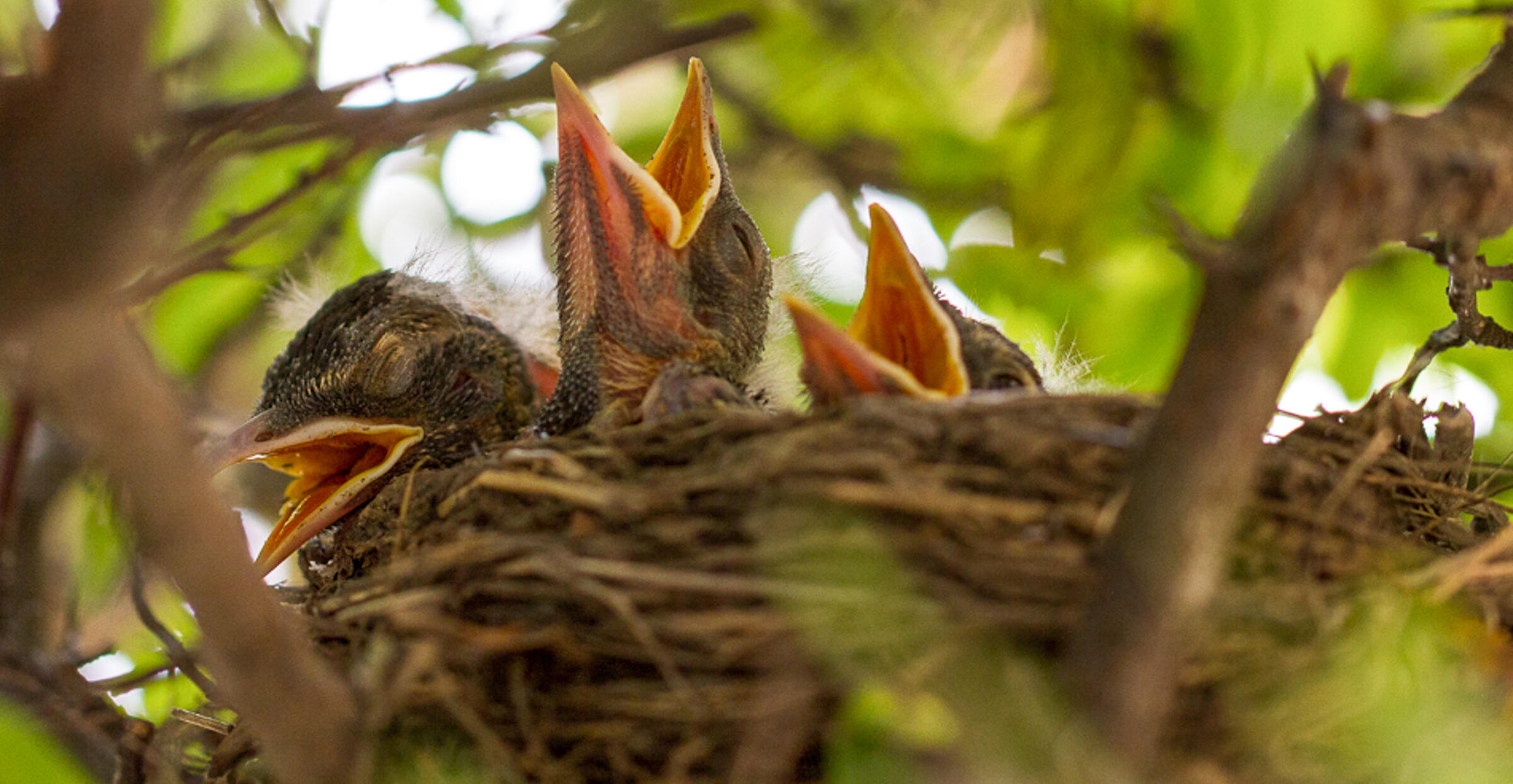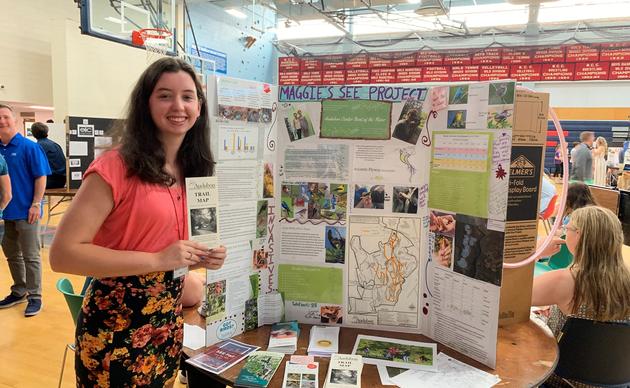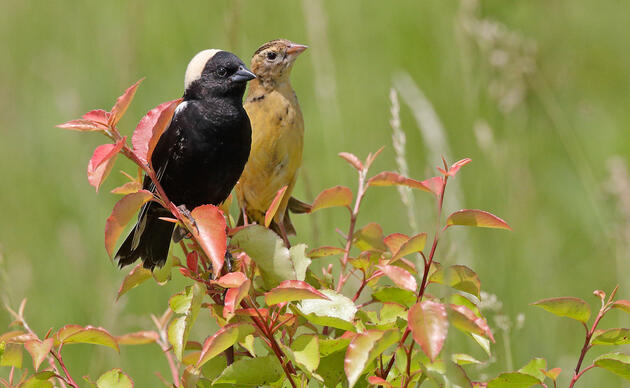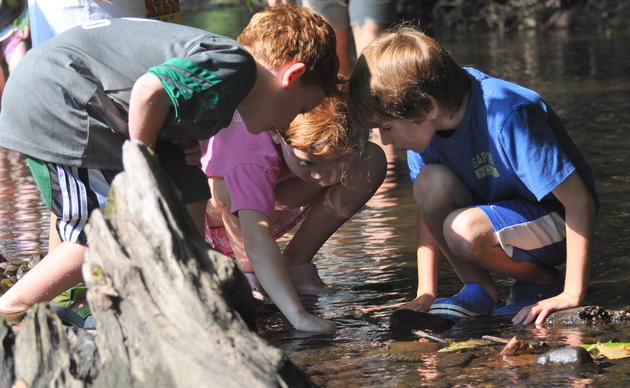Few things are more heartbreaking than encountering an injured, sick, or orphaned bird or other wild animal. It is in our human nature to want to help, but how do we make sure we do more good than harm? Follow these important wildlife guidelines.

KEEP WILDLIFE WILD and UNDERSTAND THE LAW
Only licensed Wildlife Rehabilitators should handle and treat wild animals. These professionals have specialized training and experience that is required to properly care for wildlife in a way that maintains and facilitates the natural behaviors that the animals need to survive in the wild. Possession of wildlife without appropriate permits is illegal.
If you find/have rescued an injured animal, contact a licensed Wildlife Rehabilitator in Connecticut ASAP to get the help it needs.
To find Wildlife Rehabilitators near you, look to the following state agencies and resources:
- Connecticut State List of Licensed Wildlife Rehabilitators (CT DEEP)
- Animal Help Now (An animal emergency professional locator website and app)
No matter where you are, public lists of licensed Wildlife Rehabilitators in each state are available online. Just do an internet search for “list of licensed wildlife rehabilitators” for the state you are in.

WHAT TO DO IF YOU ENCOUNTER DISTRESSED WILDLIFE
Always contact a licensed Wildlife Rehabilitator ASAP to assist you with the rescue process. Much of the care protocol is dependent on a wide variety of factors, such as age, species, condition, location, etc.
Do Not Treat Wildlife Like a Pet: Wildlife needs to be scared of humans and domestic animals in order to survive. Humans are predators to wildlife! Our voices and our touch are not soothing to wild animals like they are to our pets. Often, the animal’s defense mechanisms (lying down, holding still) are mistaken for the animal being friendly or calm. Being around humans is stressful and scary for wildlife! Throughout the rescue process, remember:
- Be as quiet as possible! Do not talk to the animal
- Do not pet or hold the animal
- Keep animal away from people and pets
- Do not hand wildlife to children
- DO NOT give food or water

Step 1: Make Sure the Animal Actually Needs Help
It can often be difficult to determine if a wildlife situation is normal or if the animal is in distress. The first step is to determine if the animal actually needs to be rescued.
Signs that a wild animal needs help:
- Animal was picked up by a cat or a dog
- Evidence of bleeding
- Obvious broken/injured limb (dragging leg, hanging wing)
- Animal is a featherless/furless baby
- On the ground in the same spot for more than 24 hours
- On the ground with eyes closed, squinted, crusty, weepy, swollen, bleeding
- Tries to get away from you but can’t (tries to fly, walk, stand, etc. but unable to)
- Flies buzzing around the animal (means the animal has been there for a long time)
If possible, take two photos to share with the licensed wildlife rehabilitator so that they can help you determine if an animal needs to be rescued and to best direct you on how to proceed.
- Photo 1: “Full-body shot” that is a close-up image of the head and the entire body of the animal
- Photo 2: A zoomed-out photo to show the position/location of the animal in its environment

Step 2: Safely Contain the Animal
If an animal does need help, it must first be contained to efficiently, safely protect both yourself and the animal from further harm. Wildlife rescues can be potentially hazardous if done improperly!
- ALWAYS CONTACT A LICENSED WILDLIFE REHABILITATOR BEFORE ATTEMPTING TO CONTAIN ANY WILD ANIMAL.
- ALWAYS wear protective gloves when containing distressed wildlife, even if you do not come in direct contact with the animal.
- NEVER ATTEMPT TO CONTAIN ANY RABIES VECTOR SPECIES (Raccoon, Skunk, Fox, Bat) without first contacting a licensed wildlife rehabilitator and receiving specific directions.
- DO NOT attempt a rescue if the animal is in a hazardous location (highway, busy road, up in a tree, on a frozen lake, etc.) or in any situation that may put you or someone else at risk. Contact a licensed wildlife rehabilitator immediately.
The container you use for the animal should:
- Effectively contain the animal
- Be an appropriate size (the animal should easily fit into the container, but not have excessive space to move)
- Prevent escape
- Not cause further injury
- Allow air flow (make air holes if needed)
- Have a visual barrier (the animal should not see out, you should not see in) - this can be achieved with an additional towel or sheet covering any see-through parts of the container
Examples of Safe Containers for Small Animals (songbirds, baby animals, small reptiles): shoebox, small cardboard box with closing flaps, paper bags, small plastic household or food storage container with lid and air holes
Examples of Safe Containers for Larger Animals (adult mammals, waterfowl, raptors): large cardboard box with closing flaps, large plastic storage bin with lid and air holes, pet carrier

Step 3: Arrange Transport to Licensed Wildlife Rehabilitator
*If you have already received directions by a licensed Wildlife Rehabilitator, please follow their guidance*
Meanwhile, place the animal in a DARK, QUIET, WARM area away from people and pets (spare bedroom, basement, garage, etc.).
The animal MUST be transported to a licensed Wildlife Rehabilitator ASAP for immediate treatment. The sooner the animal can get help, the more of a chance it has for survival. The longer the animal waits for help, the worse its condition will get.
Make a Difference Today
Lend a Hand
There are many great ways you can get involved with Bent of the River Audubon Center and make a difference for both the wildlife and the people who call Connecticut home.
Become a Member
You are what hope looks like to a bird. Your membership helps secure the future for birds at risk from climate change, habitat loss, and other threats. Protect birds and you protect the Earth.
Support Our Work
Through land stewardship, science, education, and advocacy, we work to preserve habitat and protect bird species that are of state, national, and global concern. Your gift makes a difference.




